An upcoming land-based farm will produce oysters in a 3D-printed tank
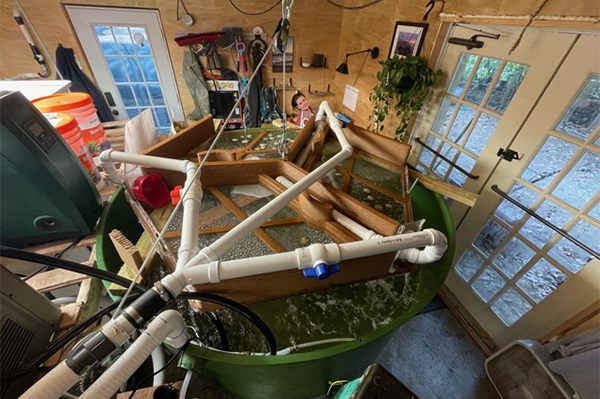
When Muddy River Farm Aquaponics opens its new facility in Bath, Maine, this fall, not only will it be the first business in town to specialize in aquaculture, but it will also be using a revolutionary new tank for its oysters: It’s made of 3D-printed wood.
“This is essentially a plug-and-play thing, that prints in two hours,” said Matt Nixon, owner of Muddy River, of the printer. “Then all you have to do is hook it up.”
Nixon worked for the state of Maine for 11 years, and in that time, spent a lot of time looking at different aspects of sustainable fisheries. He saw how warming waters were affecting different water-related industries, particularly lobster. He wanted to do more, so he’s been “working for the last decade to prepare for the inevitable,” he said. “Aquaculture is clearly a sustainable one.”
In trying to figure out a way to grow oysters without needing to be on or near water, he turned to tanks. Concrete, steel and glass were too expensive (even with pre-COVID supply chain problems), so Nixon got a suggestion from a University of Maine colleague, where he is a Ph.D. candidate, to try something completely different: 3D-print the tanks. It just so happens that the University of Maine has the largest 3D polymer printer in the world, and a cooperative agreement with the U.S. Department of Energy to try and figure out new types and applications of additive manufacturing.
Nixon and a team spent the next two and a half years putting together a prototype design that didn’t degrade in salt water and didn’t result in leachate that would get into the oysters. That led them to the design Muddy River is using, which is patent pending.
It’s 3D-printed with lumber scraps and waste, the same kinds of materials used in pellets for wood stoves. It’s a vertical system, with six hexagons stacked on top of each other, with constant water flow. Each pod is about eight inches tall, with the entire tank structure coming in at about eight by eight feet. It’s also a closed loop, with nothing going back into the ocean, river or other body of water.
Here comes the sun: Oyster and algae growers harness solar power
It also requires little electricity to run (and the new Muddy River facility is solar-powered for what electricity they do use), and the tank material is recyclable and biodegradable.
Small oysters are put into the tank, and can grow to near-market size in five months instead of the up to three years they’d need in the ocean. They can also be grown year-round, instead of only when water temperatures are just right.
Nixon said he can produce 20,000 oysters per array. In his first year in operation, he hopes to grow about 120,000 oysters and eventually up to 3 million. He also plans to license the technology so that tanks be printed and deployed all over the world.
While the new Muddy River facility is along the Kennebec River, and will also be producing rainbow and brook trout, Nixon said that the 3D-printed oyster tanks don’t need to be near water. “You don’t necessarily need to have a boat or [direct] access to water,” he said. Ideally, with this tank, someone would “be able to get a lease for an aquaculture site to grow oysters in their garage.”
Now that you've reached the end of the article ...
… please consider supporting GSA’s mission to advance responsible seafood practices through education, advocacy and third-party assurances. The Advocate aims to document the evolution of responsible seafood practices and share the expansive knowledge of our vast network of contributors.
By becoming a Global Seafood Alliance member, you’re ensuring that all of the pre-competitive work we do through member benefits, resources and events can continue. Individual membership costs just $50 a year.
Not a GSA member? Join us.
Author
-
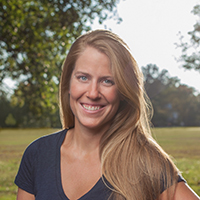
Jen A. Miller
Jen A. Miller is a New Jersey-based writer whose work has appeared in everything from The New York Times to Engineering News Record.
Tagged With
Related Posts
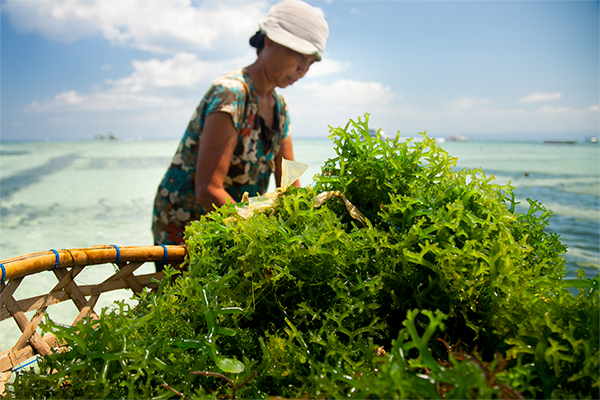
Intelligence
A seat at the table: Fed By Blue team says aquaculture needs a stronger voice
In Fed By Blue, star power and a women-led production team aim to prop up farmed seafood with a focus on the message: Blue foods are the future.
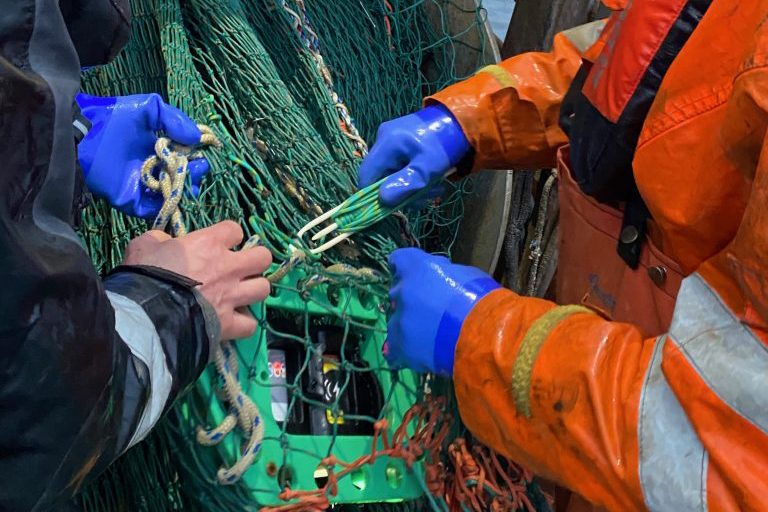
Fisheries
‘A world down below’ – Deeper fishing insights lead to better tools for bycatch reduction
High-tech bycatch reduction devices – data analytics, cameras and sensors – are in play but SafetyNet Technologies says the secret is collaboration.

Intelligence
Can aquaculture gain steam from geothermal energy?
China, Iceland and the United States are only just tapping into what could be a growing resource for seafood production: geothermal energy.
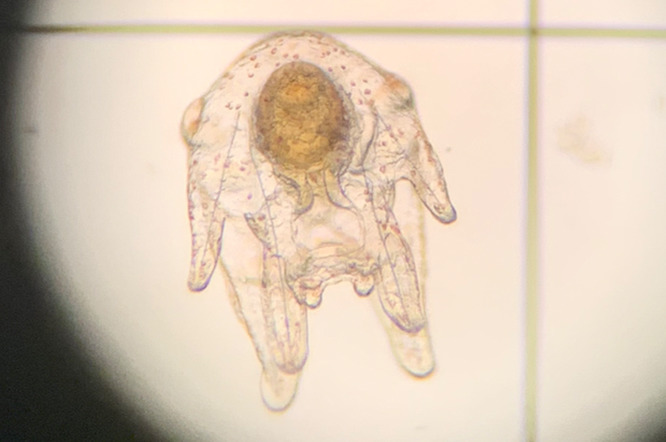
Intelligence
An urchin opportunity awaits in New England
To both restore waterways and meet a growing demand for the so-called “foie gras” of the sea, researchers are stepping up efforts to restore green sea urchins.


